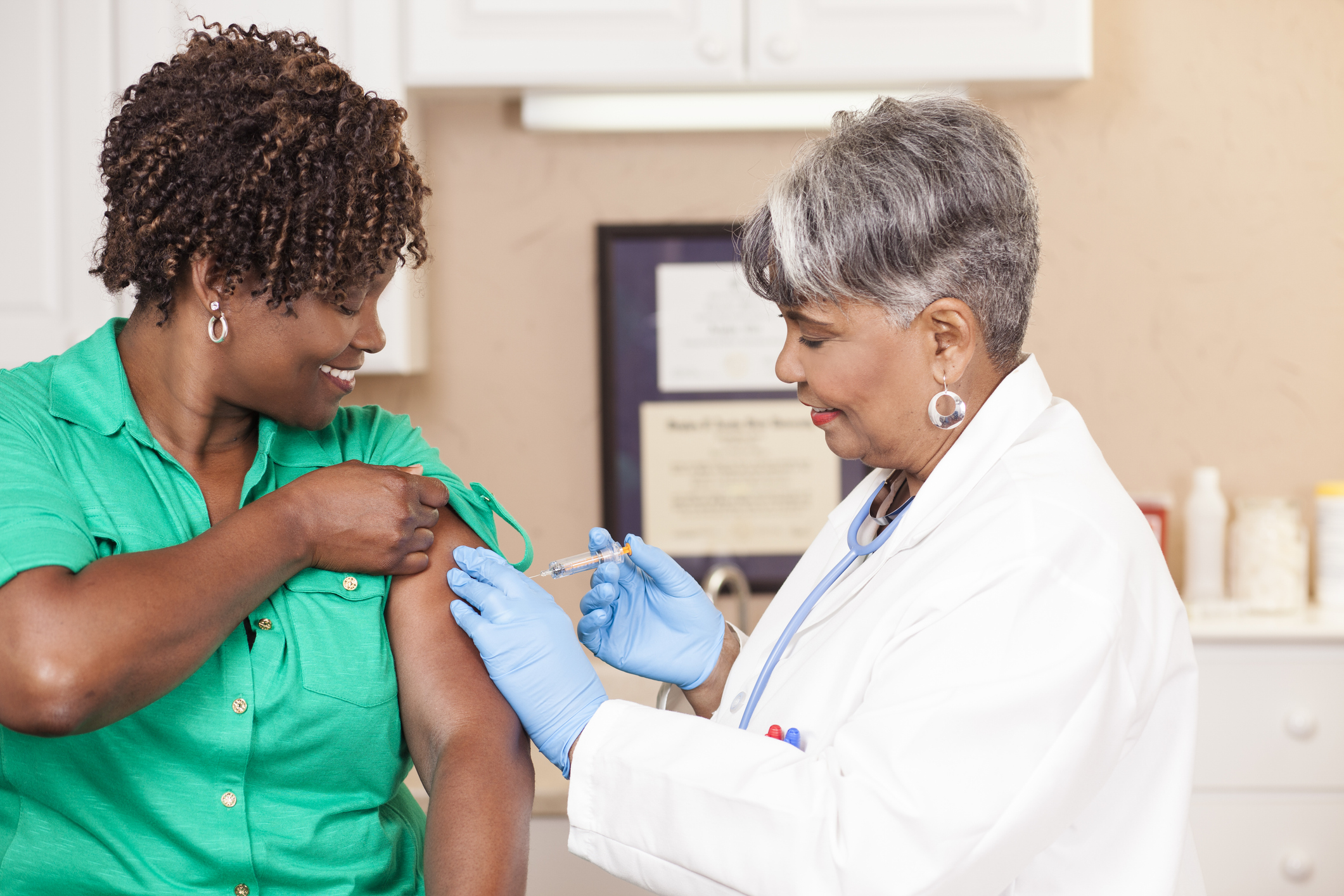
With its emphasis on improved patient outcomes, value-based care is reshaping how chronic diseases are treated. There is no better time than now for these changes. According to the Centers for Disease Control and Prevention, 90% of America’s $4.5 trillion annual health care spend is for chronic and mental health conditions.
Chronic disease management can have a significant health and economic impact, but it’s a tough mountain to climb. In many urban areas, including Dallas and Houston (where Innovista runs 10 medical centers), there are thousands of patients dealing with not only chronic conditions but social determinants of health (SDOH) that serve as added barriers to their health and well-being.
SDOH are the conditions people are born into or live in that affect quality of life and health, including:
- Unsafe housing and neighborhoods
- Lack of transportation
- Health care deserts
- Lack of job opportunities
- Few grocery stores or nutritious food options (food deserts)
- Environmental pollution
- Language barriers
- Low literacy
- Childcare deserts
- Racism and discrimination
Connection Between SDOH and Chronic Disease
Chronic disease and SDOH are intricately interconnected. People living in food deserts and food swamps (areas with an abundance of non-nutritious food options such as convenience stores and fast-food restaurants) have higher rates of obesity, a top risk factor for cardiovascular disease, diabetes, and cancer.
Lack of access to safe outdoor spaces like parks or trails can compound these issues, leading to physical inactivity and weight gain. Financial strain and lack of transportation or access to health care can keep people from seeking preventive care, where these diseases can be caught and treated early.
According to Dr. Maudia Gentry, Ed.D, MA, BSW, CHW-Instructor, HS-BCP, manager of community health services at Innovista Health, SDOH affect many communities throughout Texas. “We see a lot of patients with language barriers, so they often do not comprehend that they have a chronic disease or the complexity of it.”
Furthermore, says Gentry, “People simply cannot deal with chronic disease if they do not have safe housing or if they are living out of a car. And lack of transportation makes it extremely challenging to get the care and prescriptions needed to manage chronic conditions.”
Easing SDOH Burden
Addressing SDOH is a critical step in managing chronic diseases. Health care providers and other clinical staff like care coordinators have a central role, but they can’t do it alone. They need support—and community-based organizations (CBOs) have become key players in helping medical practices ease the burden of SDOH.
CBOs are nonprofits with close ties to their communities. As such, they understand the needs of their communities and work to fill those voids.
Innovista proudly partners with nearly 20 CBOs in Texas. These partnerships have been vital in removing hurdles that prevent our most vulnerable patients from getting medical care and prioritizing their health.
In 2021, Innovista began seeking community resources for patients who needed help with SDOH. This sparked Innovista’s first partnership with United Way.
The United Way relationship opened the door to many other alliances. One of the most impactful in recent years has been Family Place, the largest family violence service provider in Texas. Through Family Place, connections with other CBOs developed, including:
- Rotary Club
- Safe Kids Greater Dallas (child safety)
- Dallas Behavioral Healthcare Hospital (mental health care)
- Austin Street Center and Presbyterian Night Shelter (housing)
- Spectrum of Love and Dallas Independent School District (childcare support)
- Cardboard Project (education and job placement services)
Beyond CBOs, patients need to be aware of resources available through other public assistance programs such as Medicaid and SNAP. Gentry says, “Many of our complex chronic patients with SDOH have Medicaid. A lot of them don’t realize that Medicaid has a special number they can call for transportation services. And if they receive supplemental food benefits, they are eligible for a free cell phone. We strive to inform our patients of these resources, so they have as many as possible at their disposal.”
At the most basic level, Innovista often uses and refers patients to online tools such as Findhelp.org, which provides local food, housing, transit, childcare, financial, and legal resources based on zip code.
Between these public tools and personal relationships with community organizations, Innovista strives to reduce or eliminate barriers that prevent patients from getting the health care they need and living the life they deserve.
Knocking Down Barriers, One Patient at a Time
When patients or clients are referred for chronic disease and SDOH support, care coordinators start by conducting assessments to develop individualized care plans. While Gentry secures SDOH resources, care coordinators educate patients on their conditions, appropriate use of medical services, medication adherence, and strategies for self-management to promote greater independence.
As a recent example, a patient referred to care coordination had multiple chronic conditions, including diabetes, hypertension, and congestive heart failure. She also lacked transportation and was dealing with food insecurity. As a result, she was a high utilizer of the ER, often using an ambulance as her ride to the hospital.
Once Innovista established communication and built a trusted rapport with this patient, the care coordinator was able to get her in with a primary care provider for a thorough checkup, schedule specialist visits, and educate her on condition management, medication adherence, and avoiding unnecessary ER visits. Transportation and home health services were also arranged to support her ongoing care.
After five months, medication adherence improved, all care gaps were closed, and she reported a great improvement in SDOH barriers. Most notably, her ER utilization dropped from roughly seven visits a month to none.
Sometimes, SDOH needs are a little more sensitive and tug at the heartstrings. One patient was a mother of four who had been homeless. A CBO partner helped her find permanent housing and she secured a job, but even so she was unable to afford additional school uniforms for her kids. She shared that her older child was washing the younger kids’ uniforms in the bathtub every night because they were being teased for wearing smelly clothes.
Through Innovista’s connection with Family Place, Carter’s House—a nonprofit that provides clothing and school uniforms to families in North Texas who are homeless or in low-income situations—supplied new uniforms to the family within days.
Increasing Value in Value-Based Care
These are just a few examples of how Innovista teams collaborate both internally and externally with CBOs to dramatically improve the lives of patients. The need for partnerships like these will only continue to grow, especially as health care moves closer toward a value-based, population health focus.
“CBOs help us address disparities while improving patient engagement and overall quality and cost of care,” says Gentry. “Our CBO partnerships are and will continue to be critical to our success in addressing SDOH and meeting the needs of our most vulnerable populations.”


